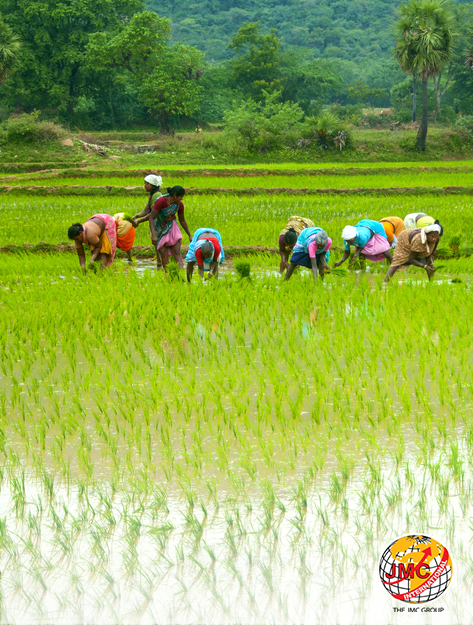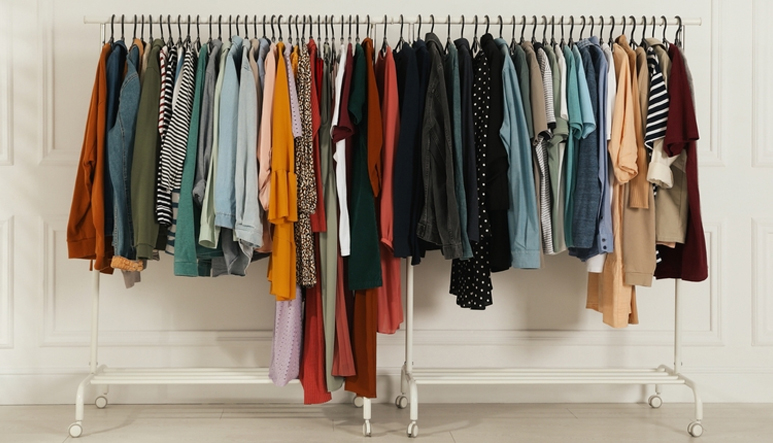Commodities Like Rice & Pulses
When it comes to investing, commodities are often overlooked in favor of stocks and bonds. But what are commodities and why do they matter? In this blog post, we’ll be exploring the definition of commodities, the advantages and risks associated with investing in them, and how to get started investing in them. We will also take a look at some of the most popular commodity markets and discuss what makes commodities such an attractive investment option for many investors.
Product Details
| Products | Price Details |
|---|---|
| Rice Type I | ₹1,40,246 / $1700 / € 1,583 Per Metric Ton |
| Rice Type II | ₹1,40,246 / $1700 / € 1,583 Per Metric Ton |
| Rice Type III | ₹1,40,246 / $1700 / € 1,583 Per Metric Ton |
A commodity is a basic good used in commerce that is interchangeable with other commodities of the same type. The quality of a given commodity may differ slightly, but it is essentially the same product. Commodities are produced by many different producers and are traded on an exchange, where they are bought and sold.
There are two types of commodities: hard commodities and soft commodities. Hard commodities are minerals and metals, such as gold, silver, copper, and oil. Soft commodities are agricultural products, such as wheat, corn, coffee beans, and sugar.
Commodities are traded on exchanges such as the New York Mercantile Exchange (NYMEX) and the London Metals Exchange (LME). Prices for these goods are set in a marketplace called a futures market, where traders buy and sell contracts for delivery of the commodity at a later date.
The term commodity is used in economics to describe a basic good or service that is used in commerce. A commodity is fungible, which means that it can be traded for other goods or services of the same type. Gold, oil, and wheat are examples of commodities.
In finance, a commodity is a physical or virtual good that can be bought or sold. Commodities are typically categorized into four groups: metals, energy, agriculture, and livestock. Gold, silver, copper, and aluminum are examples of metals; crude oil and natural gas are examples of energy; corn, wheat, and soybeans are examples of agriculture; and beef and pork are examples of livestock.
There are many different types of commodities, but they all have one thing in common: they are essential to our everyday lives. From the food we eat to the clothes we wear, commodities play a vital role in our economy and our way of life.
One of the most important commodities is oil. Oil is used to produce gasoline, which powers our cars and trucks. It is also used to create plastics, which are used in everything from packaging to medical devices. Without oil, our economy would grind to a halt.
Other important commodities include agricultural products such as wheat, corn, and soybeans. These crops are used to produce food for both people and animals. They are also used to make biofuels, which can power vehicles and help us reduce our dependence on fossil fuels.
Commodities also include metals such as copper and iron, which are used in construction and manufacturing. And don't forget about precious metals like gold and silver, which are often used as investments or currency.
As you can see, commodities play a vital role in our lives and our economy. Without them, we would not be able to live the way we do today.





